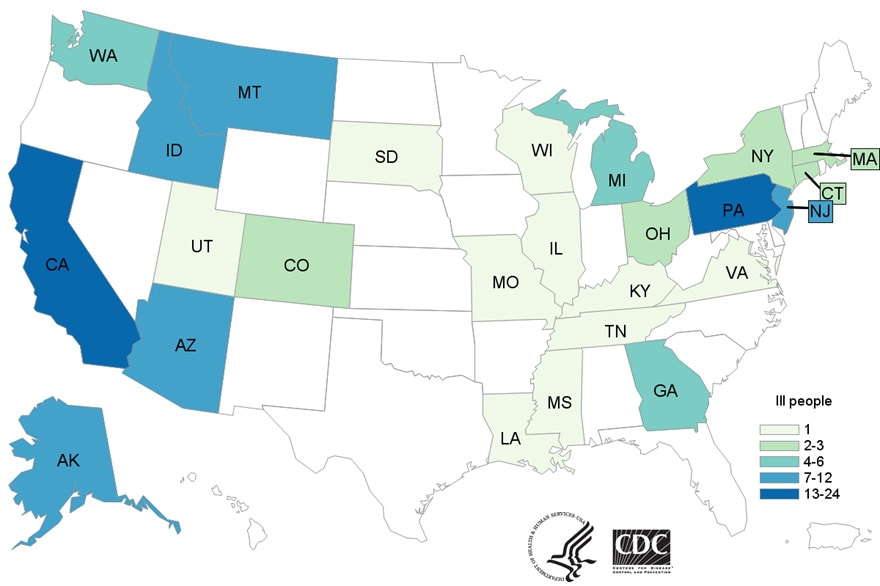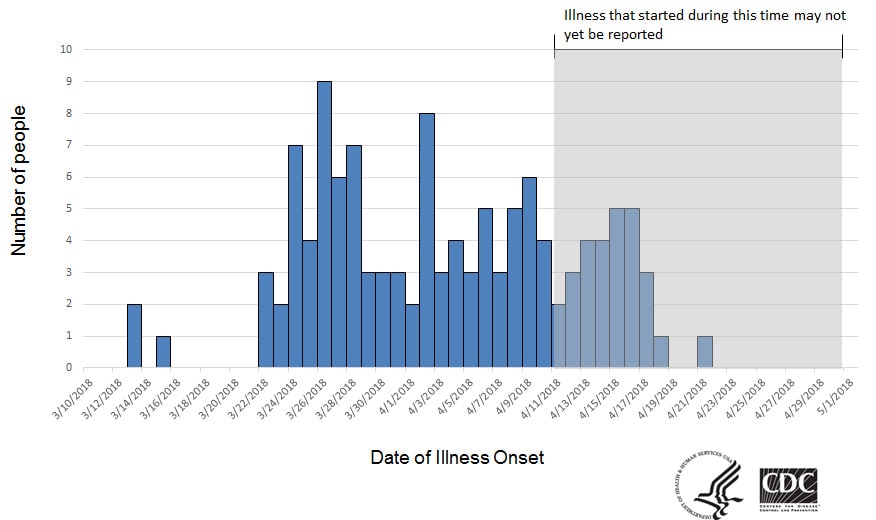Last week, FDA Commissioner Scott Gottlieb spoke at the National Food Policy Conference in Washington, DC where he announced FDA’s Nutrition Innovation Strategy.
His speech, Reducing the Burden of Chronic Disease, specifies five areas that FDA intends to consider (meaning, at best, proposing suggestions for public comment and going through FDA’s interminable rulemaking process):
- Modernizing health claims
- Modernizing ingredient labels
- Modernizing standards of identity
- Implementing the Nutrition Facts Label and Menu Labeling
- Reducing sodium
The documents:
My immediate reactions: sounds good, but short on commitment.
I was impressed that Gottlieb focused on public health and prevention:
We can’t lose site of the public health basics – better diet, more exercise, and smoking prevention and cessation…The public health gains of such efforts would almost certainly dwarf any single medical innovation or intervention we could discover.
Yes!
I was particularly interested in two initiatives under consideration:
Front-of-package icon for “healthy”
This is to be based on a food-based definition that focuses on the healthful attributes of a food product—not, apparently, on its content of sugar, salt, or saturated fat. Only healthful attributes?
This sounds like a highly pro-industry position, since research on front-of-package labeling is pretty clear that warning labels about unhealthful attributes (salt, sugar, saturated fat) are most effective in discouraging purchases of “ultraprocessed” foods. The warning labels used in Chile, for example, are proving to be highly effective.
Gottlieb did not mention the the FDA-sponsored reports on front-of-package labeling performed by the Institute of Medicine early on in the Obama administration. Those were serious attempts to develop an effective front-of-package labeling system that identified nutrients to be avoided. The FDA seems to have forgotten about those reports.
Reduce sodium
This is the item that got the most attention. Gottlieb said: “There remains no single more effective public health action related to nutrition than the reduction of sodium in the diet.”
OK, but if that’s true, how about ensuring that food companies gradually reduce sodium in their products, as was done in the UK. No such luck. Instead: “I’m committed to advancing the short‐term voluntary sodium targets” (my emphasis).
I suppose “voluntary” could work, but if sodium reduction isn’t across the board, companies will have little incentive to risk changing their formulas.
In short, Gottlieb’s words reflect modern public health thinking the good news) and it’s great that FDA is considering taking these actions (also good news). Now, let’s see what the agency actually does.





